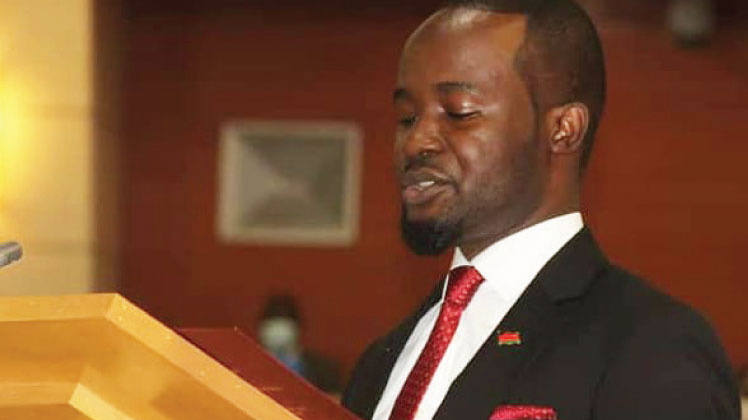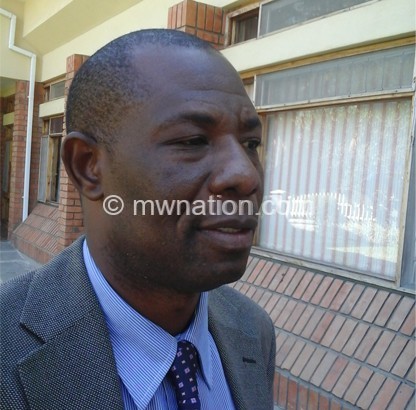Ancestral pilgrimage of public infrastructure
Some are tasked to sell a destination for investment or various forms of tourism. For instance South Africa seems to losing fast to India for medical tourism on a cost advantage basis. Debate it if you think otherwise. For investment, the basics are very obvious though they are often caught in pale lilac in how we invest in public infrastructure.
The ease of doing business index has become a standard benchmark that global investors use in making decisions. One key ingredient is public infrastructure such as the Lilongwe-Kasungu Road or cold room facilities at international airports to allow overnight flights for perishable organic produce grown by “God and corruption fearing” farmers.
It goes down to the choices we all make, and I am sure whether the thinking of the planning process if fraught with a certain gene. It could be worth trying to unravel the genotypes and possibly alter cell structures that ensure all nations think ahead of generations.
Sometimes, I tend to think at independence we got our figures wrong. It could appear that our population growth was premised on huge negative growth. That from a population of four million in 1964, the number of people living in the country in 2017 could have declined to 100 000. My point: How do you explanation that major referral health facility whose catchment area in 1978 was four million now serves 11 million? Only one explain fits this. We all have gazed into some fire and have to see our ancestral pilgrims in loose fantasy.
Fast forward to the mid 1990’s and the energy to develop the Mtwara Corridor to strengthen trade on the Northern side.
A dream that we invested a lot but died a natural death, again twisted in pale lilacs for short term needs of lobby groups whose rents faced some chop.
Meanwhile, on the northern side of the border, 170 km from Karonga, Mbeya Airport is big enough to handle any modern jet and well connected to its commercial capital. If you are a serious business person operating in Karonga, your nearest major airport is Mbeya and you can drive and take a flight instead of driving 800 km to Karonga.
Taking recourse to some of recent developments, an airport in Mzuzu is planned as has always been the case. Whether it happens is a different matter but public media reports show a similar pattern in how our planning for public infrastructure approach is often firefighting. As long as we put something without due consideration to our needs 50 years from now. Mzuzu is the fast growing city.
Mbeya has more people that Lilongwe City, our capital. Building a two kmrunway for turbo aircrafts in one of our four cities should be off the books and those making decisions must rethink these ideas. Matters of reserving room for expansion while important, but if there is a chance to do a real huge project it must happen once. For instance, when Chileka could not handle Boeing707 aircrafts we invested in KIA three km runway even though the terminal building is mediocre but you can still land any jet.
The same line of thinking in how investment in public infrastructure is crafted and implemented appears in all sectors of the economy. Traffic jams that are seen in Lilongwe and Blantyre are a result of ignoring plans because we opted for shortcuts, cheap one founded in the thinking as long as there is a road. These cities should now been having huge three way lanes within and out of town. They are growing fast and so are Zomba and Mzuzu cities whose congestion is steadily approaching the levels of Lilongwe and Blantyre.
As the debate goes on whether it is environmentally sound to pump water from Salima to Lilongwe, one thing is clear. Lilongwe has outgrown and its water needs are enormous. One at the helm of planning could have taken a resolute and firm position that we needed to build dams in 1964 with 40 million as its population. The reason we should not be building two km run-away in Mzuzu or any other cities with the sole purpose of flying in an ATR rather think about cargo needs for business and interconnections to bigger cities across the border.
Other countries have deliberately built huge power plants generating surplus electricity knowing that their population and business requirements will be enormous. The advantage of such planning is that it is reduces costly fire-fighting techniques such as patching up potholes with doggy pieces of bitumen because we built roads on the cheap. Just like splitting up university colleges into public university does not increase their enrolment figures unless there is a deliberate investment in their capacity, physical as well as staffing.
The bottom line remains that public infrastructure is the key driver of economic growth. We cannot leave it to monetary manipulation tricks. A decline in inflation or bank rates does not lead into increased generation capacity of power plants neither does it increases the number of patients that public hospitals can accommodate. An injection of funds with a 50-year plan across all aspects of public infrastructure that thrives across any election cycle or term is a must do.
Otherwise it’s a pale lilac that swims in the gaze of an ancestral pilgrimage with the devil also washing his hands clean like Pontius. n



